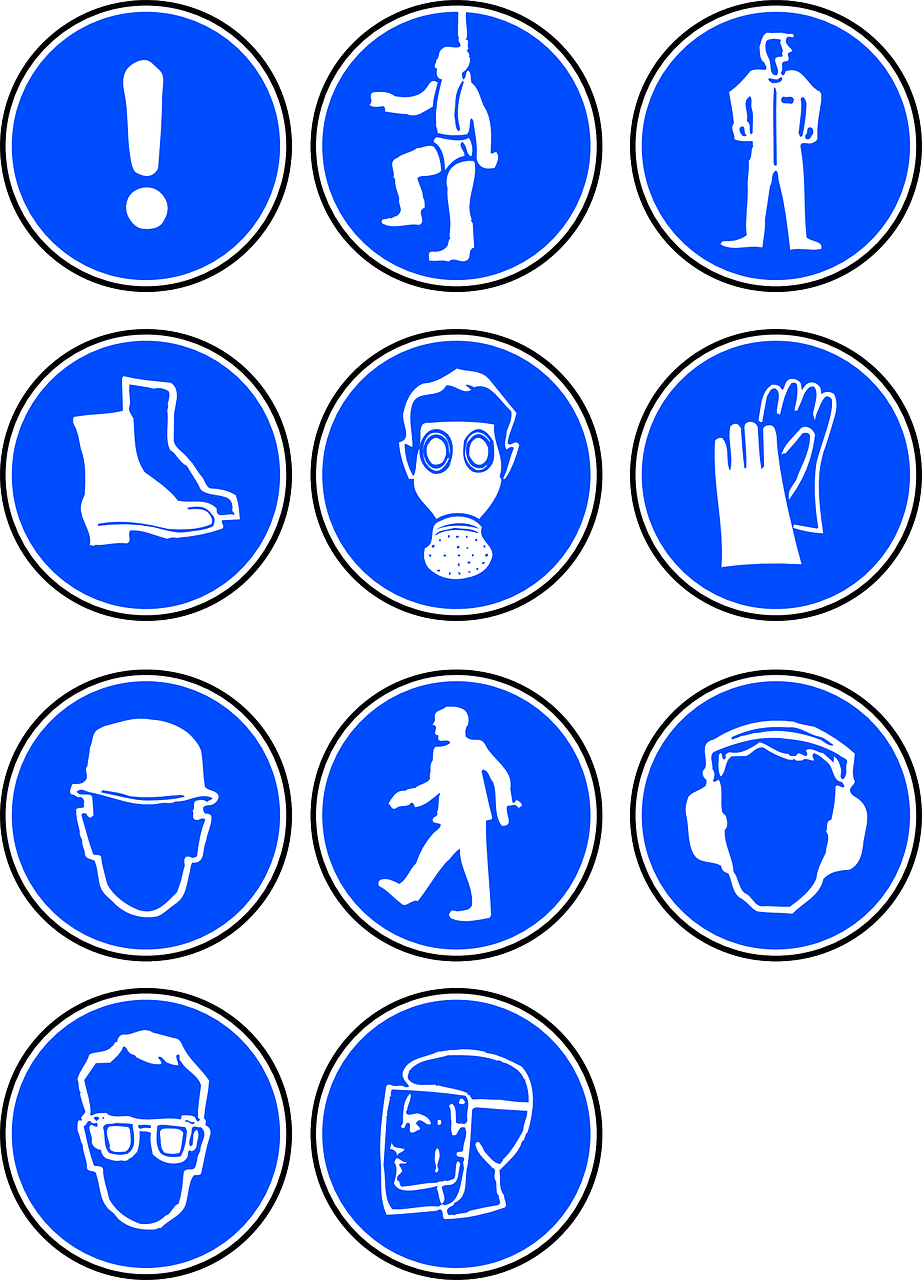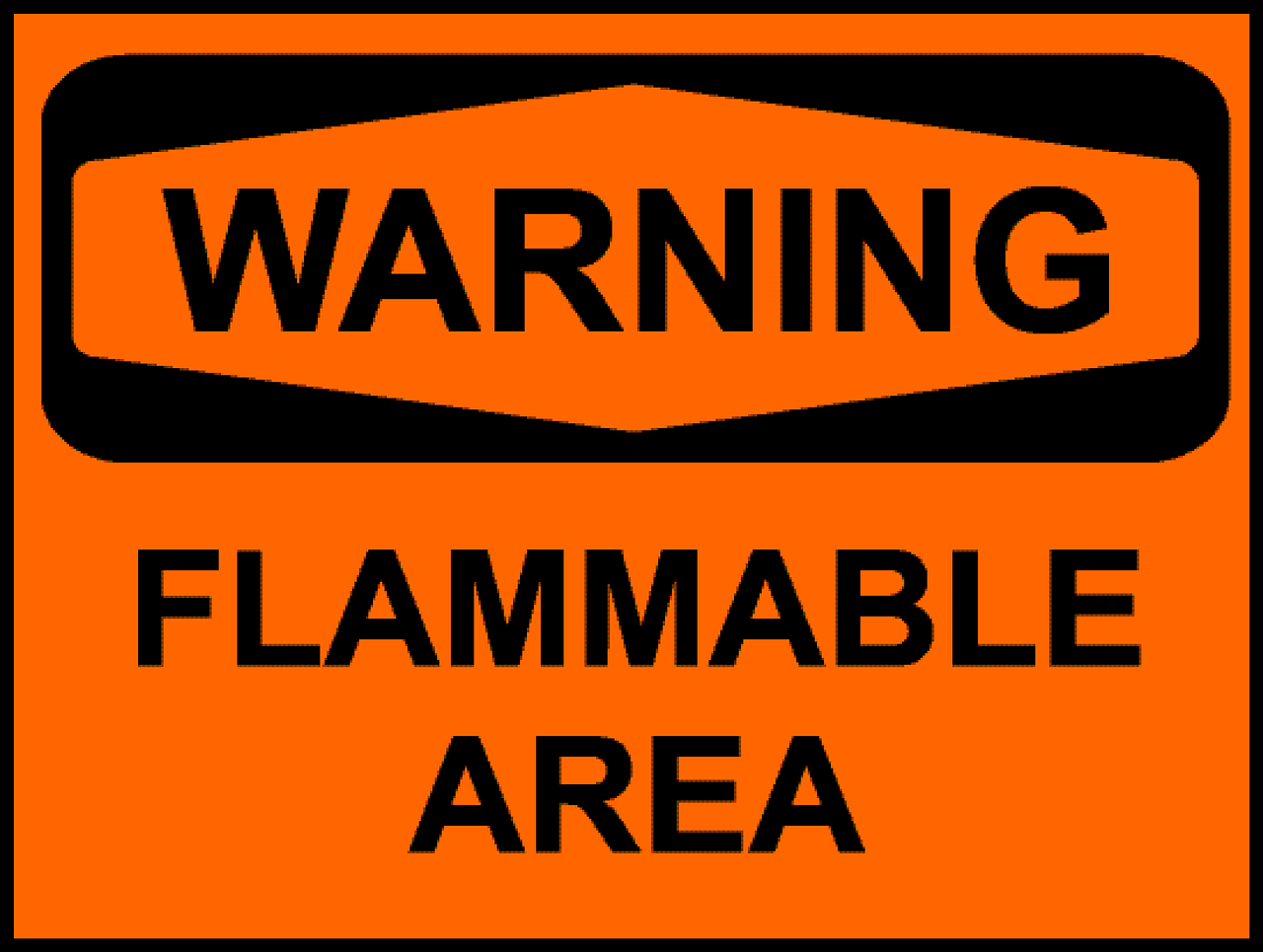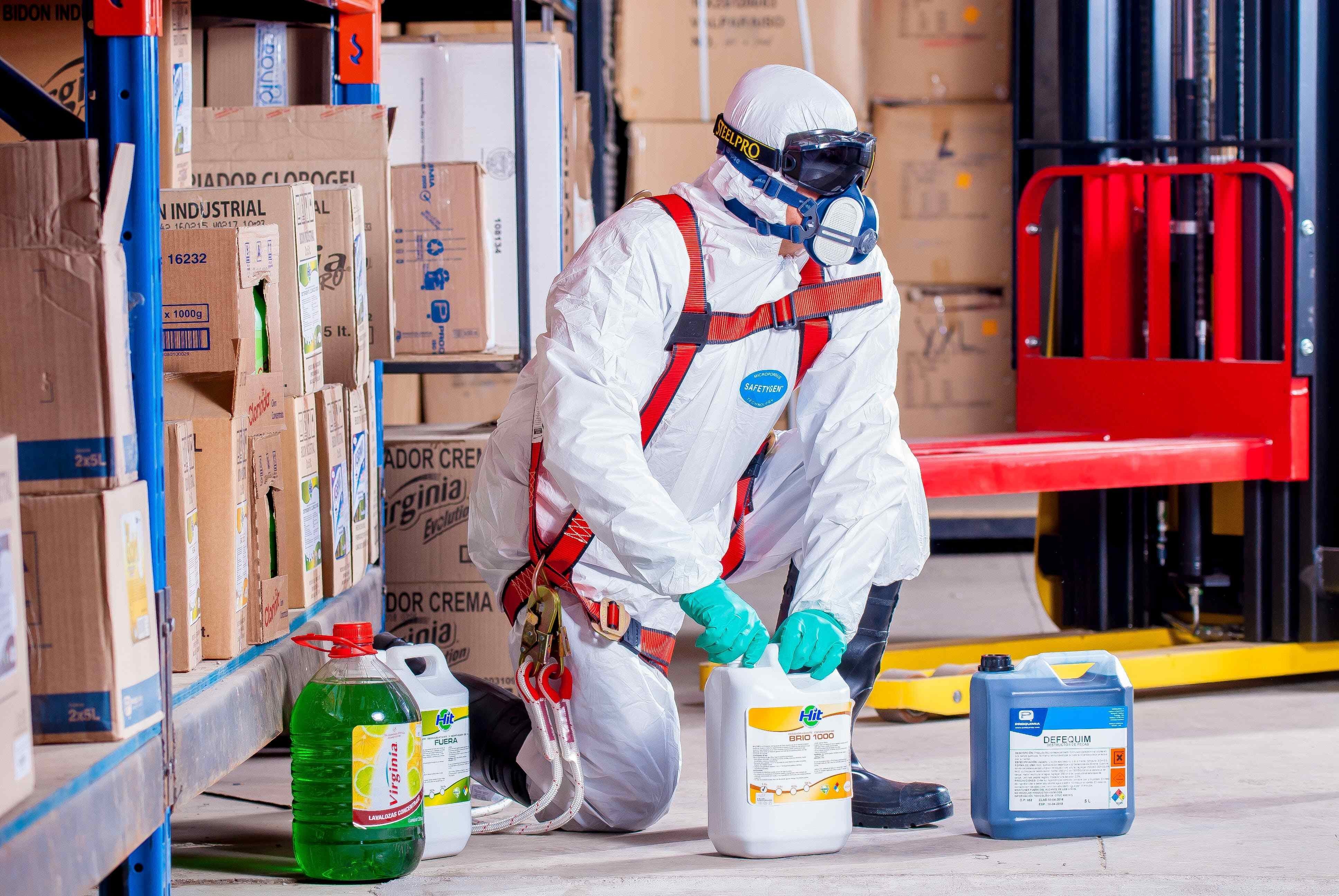The goal of the Hazard Communication Program
The goal of the Hazard Communication Program (also known as HazCom) is to protect individuals from injuries and diseases related to using hazardous chemicals in the work environment. People have the right-to-know and understand the threats of the chemicals they are exposed to at work. To accomplish this, the program includes the following components; preserving a list of dangerous chemicals (a chemical list), making Safety Data Sheets (SDSs) accessible, ensuring that chemical containers are properly labeled, and offering the information, training, work practices, PPE and devices efficient in protecting staff members.
What Is HazCom Training?
A profession dealing with dangerous materials can involve particular treatments, and numerous companies that have employees who deal with dangerous products go through substantial training. These programs teach specialists about hazard communication, or HazCom, which is a group of treatments the United States Occupational Safety and Health Administration ( OSHA) created. If you're interested in pursuing a career in a market that deals with hazardous materials, it can be helpful to know what HazCom training requires to guarantee you're prepared to get in the field.

What is the Goal of HazCom Training?
HazCom training teaches specialists how to identify, identify and manage hazardous products. Hazardous products can describe chemicals, waste or other types of materials that can pose prospective damage to people if they are available in direct contact with them. Because dealing with harmful materials can include threat, HazCom training supplies people with education about how to prevent any potential danger that may arise when handling or operating in an area that contains hazardous materials.
HazCom training is essential for any employee who might deal with these products since it can help keep them safe by notifying them about how to bring chemicals or other materials without spilling or enabling them to come into direct contact with their skin. This can help reduce threat in a work environment and guarantee employees transportation and store hazardous materials with care. This training likewise can promote ecological sustainability because knowing how to deal with hazardous materials securely can decrease circumstances of the environment being exposed to waste or other pollutants.
Who uses HazCom training?
Although OSHA does not discuss particular task titles that need HazCom training, numerous occupations utilize HazCom training to prepare employees for tasks in the field. The company says any staff members in an office who handle, prepare or ship dangerous chemicals require this training. Among the most typical markets that engage in HazCom training is the chemical market, which can include screening chemicals, processing chemicals and using chemicals for research study or production of new products.

Employees who operate in construction jobs might likewise finish HazCom training, especially if they expect to work on tasks that include moving or working around harmful products. Processing plants and research facilities can also benefit from putting employees through HazCom training because these kinds of centers typically keep hazardous products on site. Other fields that might need this training include:
Health care
Lab research
Manufacturing
Cleaning up services
Oil and gas
Understanding HazCom labels
To assist ensure quality and consistency in how they label and classify various dangerous products, business utilize a range of labels when sorting their chemicals.
OSHA requirements for these labels aim to provide professionals with more comprehensive details about how to safely utilize or handle chemicals to help them avoid any health problems or injuries that may result from them. Another advantage of these uniform procedures is they can help guarantee somebody who changes business or industries still can comprehend the labels at their brand-new workplace without additional training.

Although previous requirements focused more on efficiency, current standards need fast, visual symbols on labels to alert experts and allow them to instantly acknowledge any threats associated with the chemical. To promote consistency, HazCom standards require all labels to consist of:
Call, address and contact number of the chemical manufacturer, importer or other accountable parties
Product identifier
Signal word
Hazard statements
Preventive statements
Pictograms
Learning HazCom pictograms
One of the most comprehensive aspects of HazCom training is teaching experts about the different pictograms on labels.
OSHA primarily lines up with Globally Harmonized System of Classification and Labeling of Chemicals (GHS) requirements, though OSHA implements the use of only 8 of 9 possible threat pictograms. These images include a sign and words within a diamond shape, and they're frequently plainly located on a chemical container. They assist suggest what threat each particular chemical may have. Training helps specialists to right away acknowledge and comprehend these signs to help make sure office safety.
Although these pictograms don't identify what a chemical is, they supply important information about the potential risks it might cause. The GHS pictogram OSHA doesn't implement is one for chemicals that have water toxicity. Companies still can utilize this to supply beneficial information to staff members, though. The 9 pictograms OSHA enforces are:
Health hazard: This sign appears like the top half of a body with white lines radiating from the chest in six directions.
It identifies any chemicals that can trigger mutations, are a carcinogen or can damage organs if someone breathes in them.
Flame: The flame sign labels any chemicals that are combustible solids, liquids, gasses or aerosols. This pictogram likewise can use to self-heating mixes or pyrophoric liquids and solids.
Exclamation mark: An exclamation mark sign can apply to any hazardous chemicals. Specialists also use this label for substances skin or respiratory system can soak up and damage a human's health.
Gas cylinder: This symbol shows a chemical is a gas that's under pressure. This can consist of any gasses that are melted, compressed or liquified.
Rust: This sign looks like 2 beakers that are putting a chemical on a surface area and a hand. Any chemical that's corrosive to metals has this pictogram on its label.
Taking off bomb: This symbol suggests any chemicals or mixtures that are self-reactive or explosive.
Flame over circle: This symbol suggests a chemical that oxidizes and loses electrons, which can cause a fire or explosion.
Environment (non-mandatory): This sign represents chemicals with marine toxicity.
Skull and crossbones: This symbol represents a level of acute toxicity that's more harmful than the exclamation mark pictogram. These chemicals can be fatal to humans even in little exposures.

Including the GHS
Numerous companies throughout the world utilize the Globally Harmonized System to classify chemical risks. The United Nations established these standards and made them available to business and federal governments throughout the world. Regardless of this, the UN does not supply any enforcement on whether a business follows these standards.
Although OSHA has actually aligned its requirements with GHS for the majority of aspects of visual interactions standards, learning about these guidelines can offer a number of advantages to experts. Most importantly, it can help them have a more thorough knowledge and understanding of chemical safety, which can assist them recognize and react to any potential office hazards.

Responding to hazardous situations
Possibly the most crucial element of HazCom training is the guidance it provides to specialists to help them react to potentially dangerous circumstances in the work environment. Knowing and following security precautions when performing work tasks that include chemicals can assist professionals reduce threat and prevent accidents.
The first aspect of this is evaluating the chemical to determine whether it's potentially harmful. This includes physical or health dangers, and this information is available on a chemical label. This training also supplies the proper guidelines for avoiding or responding to various hazards, such as a chemical spill, a toxin leakage or any human contact with a harmful chemical. Another important part of avoiding dangerous circumstances is having the proper security equipment for workers to wear to protect their eyes, skin or mouth from chemicals.
For all your workplace safety concerns, look no further than Cal Safety Solution. Our team of experts is here to provide you with the necessary recommendations and training to ensure compliance with the current requirements. Safeguard your team and protect your bottom line by reaching out to us today at (800) 433-9819. Don't wait until it's too late - take proactive steps to prioritize safety in your workplace. Contact Cal Safety Solution now and let us assist you in creating a safer and more secure work environment for everyone.

 Add Row
Add Row  Add
Add 




Write A Comment